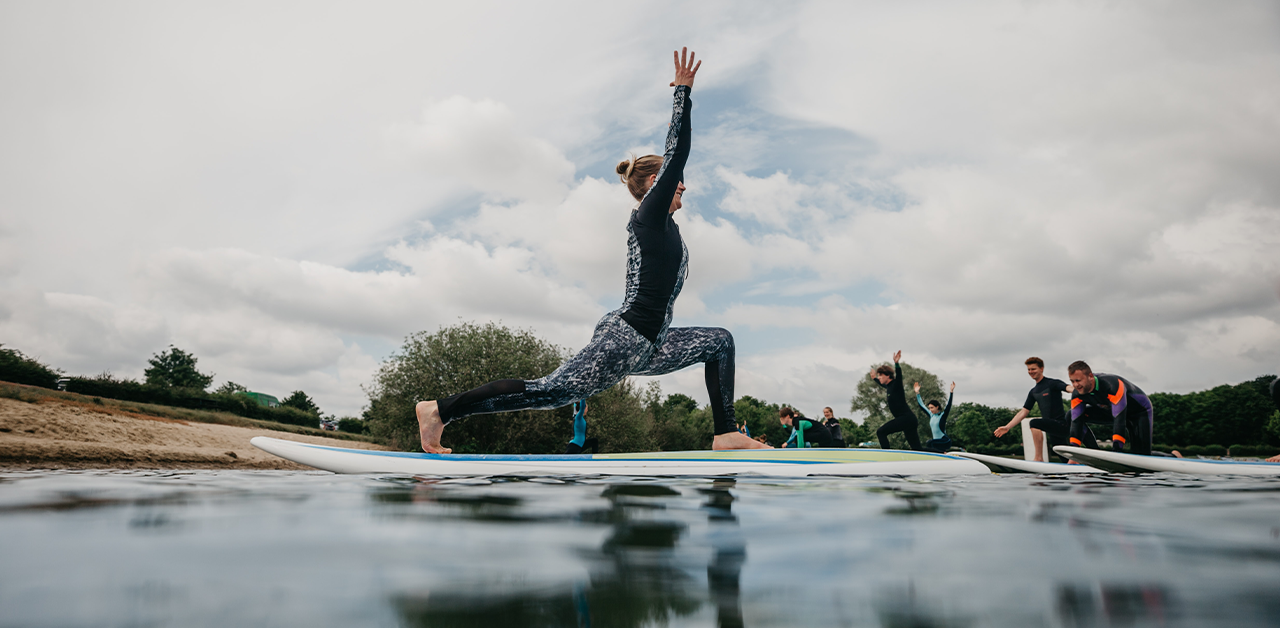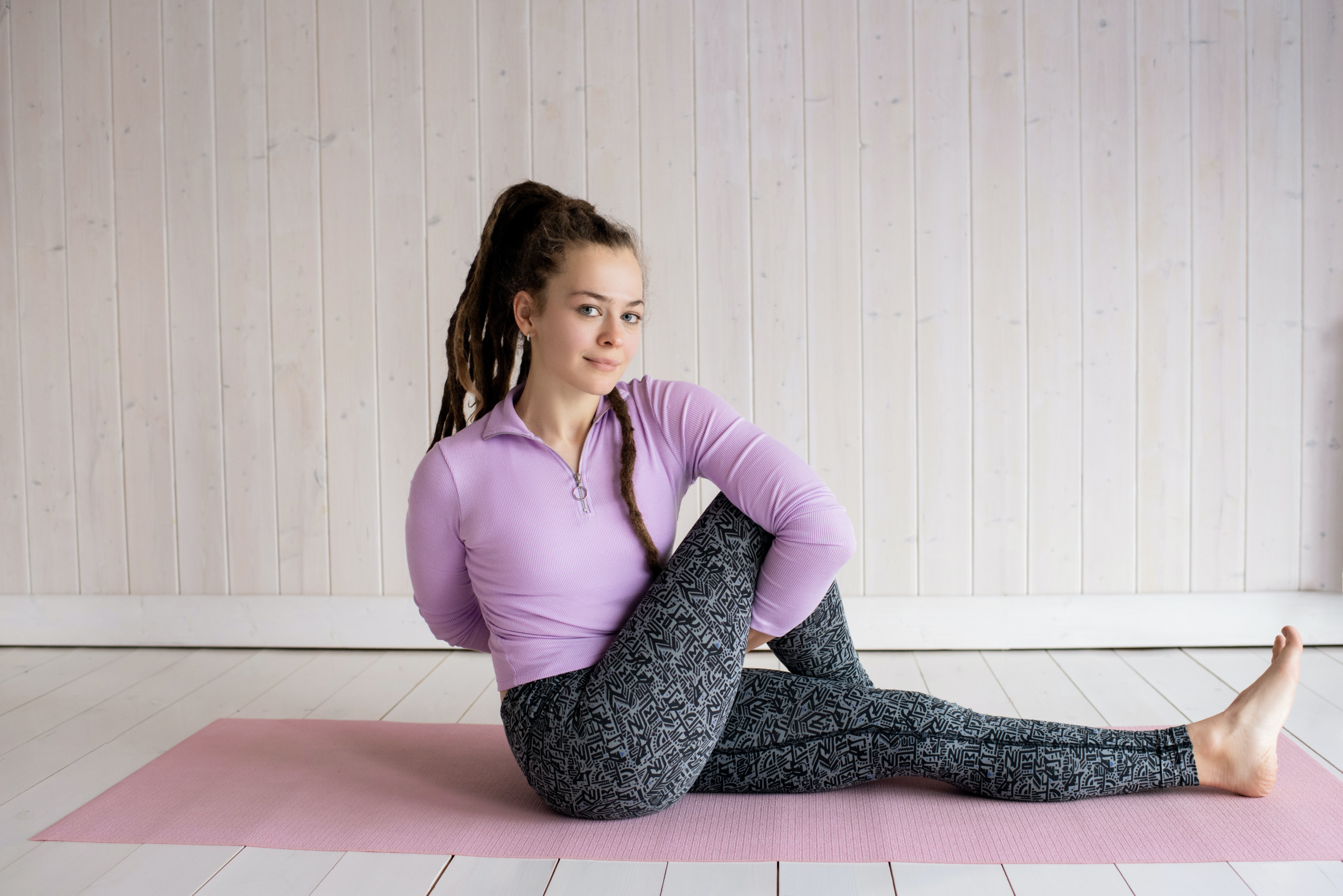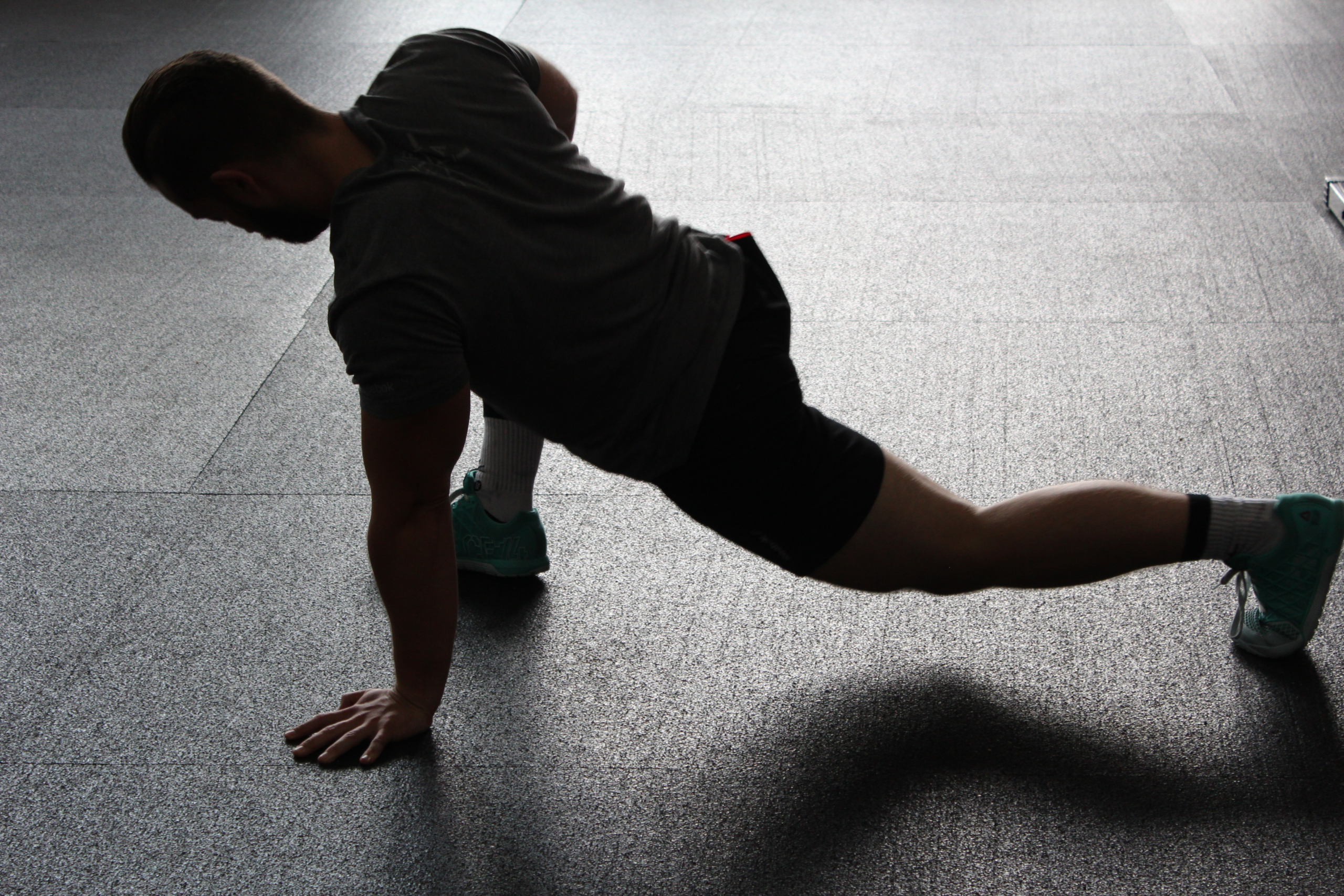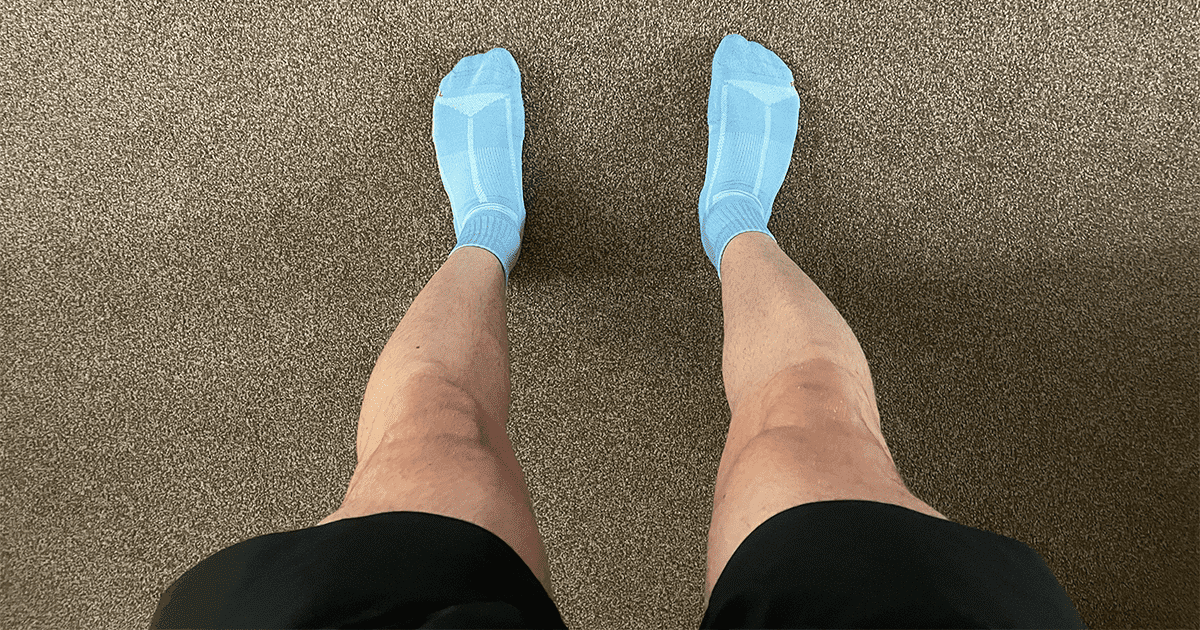Static stretching or dynamic stretching: what are they?
Improve your athletic performance, prevent injury, and increase range of motion using static and dynamic stretching.

Stretching is the most oft-ignored part of any solid exercise routine. Whether you’re heavy-lifting, hitting the trails, training for a marathon, or performing extensive cardio sessions, it is incredibly important to stretch regularly.
Nonetheless, we hear this perhaps too regularly, brushing it under the rug and saying “we’ll start tomorrow.” So, why should you actually start stretching? Today.
Harvard Health tells us that stretching keeps your muscles and joints flexible, strong, and healthy. Without stretching, muscles tighten and lose their range of motion, impeding your athletic performance.
The potential for injury decreases with regular stretching, too – tight muscles can become damaged by sudden exercise pressure.
It’s clear that stretching is essential, but what type of stretches are you supposed to do? Static or dynamic? Perhaps you’re not yet sure what these phrases mean. If that’s you, don’t worry, we’re getting there now.
What is static stretching?

Static stretching refers to the most popular, traditional type of stretching that you’ve probably seen before. It involves stretching an isolated muscle group by holding a pose for a set amount of time.
Typically, you push your body into the pose to the point where you feel slight discomfort or muscle stretch. The stretch is held anywhere from 10 seconds to 3 minutes.
Your muscles will release as you are in the pose, allowing for a deeper stretch as time goes on.
What is dynamic stretching?

Dynamic stretching differs from static in that you are continuously moving as you stretch your muscles out.
Your whole body is used in the process to move a joint to the range of motion limit.
These stretches are usually performed before a workout, to both warm-up the muscles and stretch them out. To add a little intensity to the stretching, you can perform these moves with a resistance band, like this one:
Resistant bands can also be used for strength training exercises and rehab and a great piece of kit to have lying around.
Static vs. Dynamic Stretching
You should look to incorporate both static and dynamic stretching into your training regime. It’s clear they both have their advantages, somewhat similar but different in some ways.
Advantages of Static Stretching
Below you will find some of the many advantages of static stretching:
- Increased flexibility
- Further range of motion of joints/muscles
- Helps to speed up muscle recovery
- Improved muscle strength, agility, and performance
Advantages of Dynamic Stretching
Below you will find some of the many advantages of dynamic stretching:
- Increased flexibility
- Enhanced overall strength and resistance to injury
- Improved sprinting performance
- Increased blood flow to the muscles, decreasing recovery times
Furthermore, there is a debate about the efficacy of either stretch (static vs. dynamic). While everyone can agree that stretching is great for your body, studies have shown some differing results. Some even going to as far as to say that stretching carries a potential risk of injury.
For this reason, it’s important to listen to your body, not to stretch beyond your comfort zone, and to perform the right type of stretch at the right time, e.g. before or after a run, workout, or gym session.
Should I stretch before or after I workout?

Now that you’re more familiar with both static and dynamic stretching, the question lines in when to stretch – before or after your workout?
We say, why choose? You should stretch both before and after exercise to keep your muscles limber and healthy, not to mention reducing your risk of injury.
While some research has found that dynamic stretching can increase flexibility and muscle strength, other studies have shown that dynamic stretching has little to no effect on performance and power. However, dynamic stretching does get your heart pumping and blood moving throughout your body, also increasing coordination.
For this reason, it’s best to do some dynamic stretching for 5-10 minutes before you work out.

Static stretching before exercise relaxes the muscles too much and decreases power and strength during the workout. Static stretching still works to increase range of motion and flexibility and may also contribute to a reduced risk of injury.
Perform static stretching for 10 minutes after completing exercise, e.g. running, to increase flexibility without compromising your performance during the workout.
Your sport will determine the level of flexibility you want and need to perform well. Think of your muscles like a spring – your muscles and tendons store energy to be released while you exercise. Too much flexibility might be detrimental to running and jumping, which requires more energy, while dancing and gymnastics will require much more flexibility and less energy.
Before running, especially if running intervals or race, look to perform dynamic stretches such as hip circles, high knees, or leg swings. Upon finishing your session or race, cool down with a slow jog and several static stretches. The combination of both stretches increases performance and minimizes your risk of injury – what more can you ask for?
Final Word
There are both pros and cons to static and dynamic stretching. Above all, you want to be stretching daily to keep your body in prime condition to avoid injury and unnecessary muscle pains and aches. We are all different, so try out both types of stretching and see what feels and works best for your own unique body!

Matthew is a lifelong runner, chief tester of all products, the founder of Running101, and freelance content writer for active brands. When he’s not writing, he enjoys lifting weights, cycling in the Lake District, and watching fast cars drive in circles on a Sunday. He also has a BA in sport, exercise and physical activity from the University of Durham.




